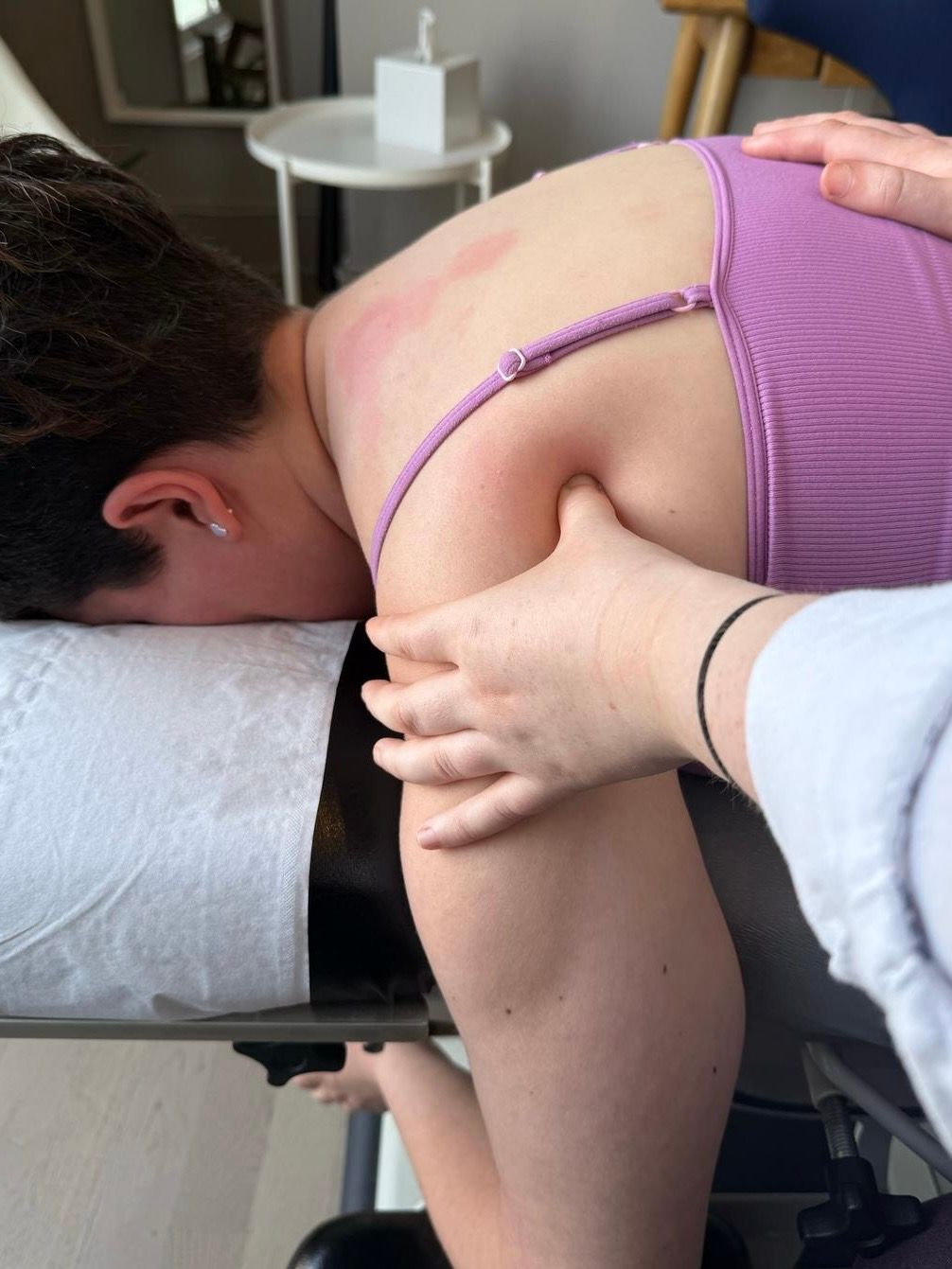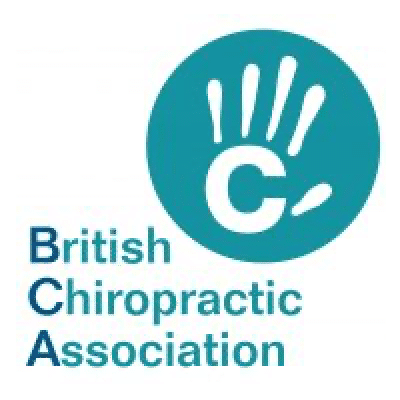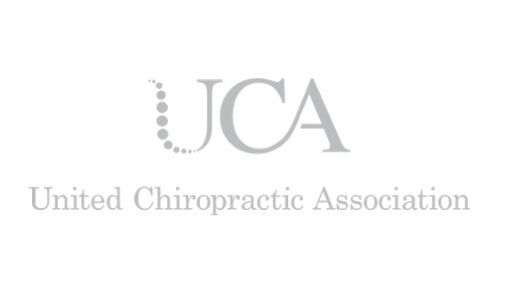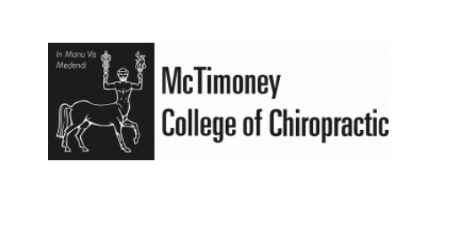Got a ‘Knot’ in Your Muscle?
Got a ‘knot’ in your muscle? What is it and why does it happen?
What is a muscle knot?
Everyone gets sore muscles sometimes and I’m sure most of us have even used the phrase ‘muscle knot’ ourselves. But what actually is a ‘knot in the muscle’?
The technical term for one of these ‘knots’ is a trigger point. These are areas within a muscle which are constantly contracting and are unable to relax, forming a palpable firm nodule which is often painful when pressure is applied. However it is possible to have a latent trigger point which, although not painful, can still interfere with normal muscle activation during movement or cause muscle weakness.
What causes trigger points?
We still do not fully understand why and how trigger points form, but the most widely accepted theory is that irritation within a muscle causes changes at a cellular level. The inflammation then irritates the nerve endings that control muscle contraction, making them oversensitive and causing the muscle to contract more often. This makes the muscle unable to properly relax, which causes more irritation, which causes more inflammation – leading to a cycle of overactivity which eventually leads to the formation of a trigger point.
There are many factors which can contribute to this cycle, including:
Aging
Injury or trauma
Lack of exercise
Poor posture
Muscle overuse and microtrauma (e.g. weightlifting)
Chronic stress (as experienced in anxiety, depression or psychological trauma)
Poor sleep
Joint problems and hypermobility
Vitamin deficiencies (e.g. low levels of vitamin C, D, B, folic acid and iron)
Why are they important?
Trigger points matter because – aside from the pain they can cause – they interfere with the normal functioning of our bodies.
Trigger points can lead to:
Muscle weakness or imbalances
Changes in joint range of motion
Painful movements which affect daily activities
Headaches
Tinnitus
Jaw issues
Postural changes and compensations
They are also important to recognise because they can be easily misdiagnosed due to their tendency to refer pain.
What is referred pain?
Referred pain means pain felt in a different area than where the pain actually originates. For example, a trigger point in the neck may cause pain that is felt in the arm or head. As you can imagine, this can be misleading when trying to identify the source of pain. Fortunately, referred pain from trigger points usually follow consistent patterns. By knowing these patterns, you have a sort of roadmap for where to look. Once you find a trigger point, applying pressure should reproduce the referred pain, confirming it is as the likely source.
How do we treat trigger points?
There are several ways to treat trigger points. One of the most common and effective methods is direct pressure applied to the trigger point, which interrupts the cycle of overactivity and allows the muscle fibres to relax.
However, it is important to note that treating the trigger point itself does not address the underlying cause. Unless those contributing factors are also treated, the trigger points are likely to eventually return. This is why it is so important that manual therapy be followed up with a tailored programme of care and physical rehabilitation including exercises and stretches to create long-lasting change.
If you would like further support, you can book an appointment online here, or feel free to email me at katie@tivolichiropractic.co.uk.

























